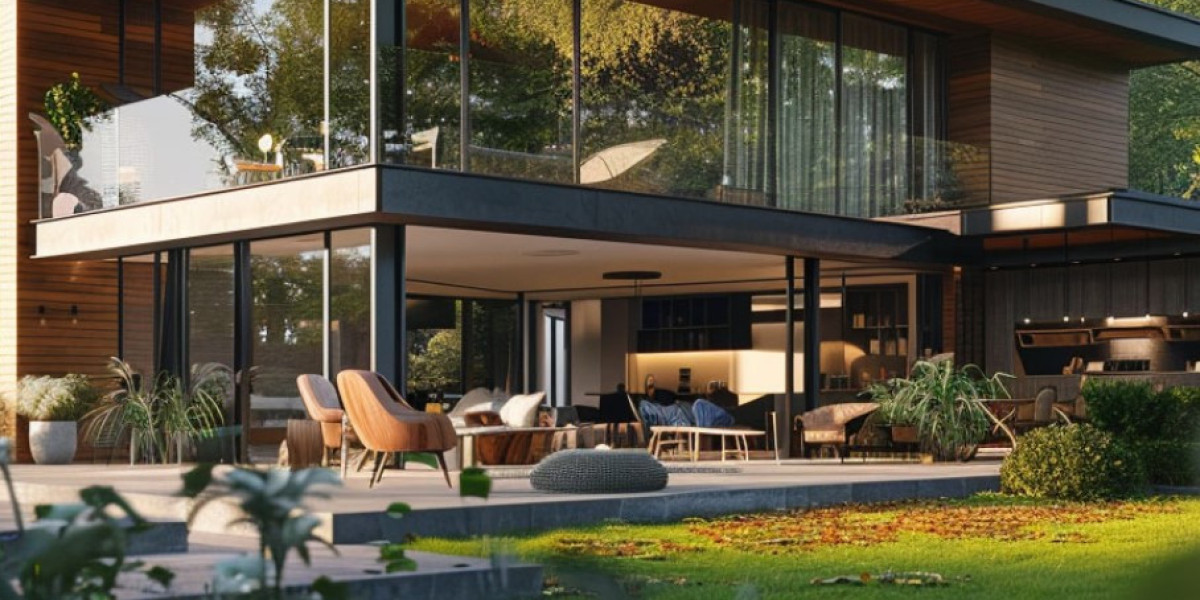There is always something dear to our hearts about heritage buildings and the solid links they evoke with an ancient past. Such history-soaked, character-filled buildings form an essential part of our architectural inheritance. But keeping their allure while being compliant with modern standards for energy efficiency is the rub. Enter heritage double-glazed units: a compromise where the look of the era properties is paired with all the technological breakthroughs in contemporary glazing.
Why Heritage is Important?
Heritage properties are often listed or sited within conservation areas and are, therefore, strictly managed in terms of aesthetics to retain their appearance and historical value. Windows form part of a building's aesthetics and are often original timber sashes, wrought iron casements, or leaded lights. Modern replacements may detract from the building's character and may not be acceptable under the stringent requirements planning authorities have in place.
The challenge of efficiency in period properties
Most older buildings, particularly those dating from Georgian, Victorian, or Edwardian times, were designed to be something other than energy-efficient. Single glazing, thin walls, and draughty construction can all result in huge heat loss. It frequently leads to cold homes during winter for the homeowners and also costly heating during the year. Single-glazed windows have poor sound insulation properties, making such homes susceptible to noise disturbances.
Modern double glazing has to be retrofitted to such buildings. The traditional look of double-glazed units is still aesthetically disturbing, influencing the change in a property's overall look. Normal frames are thicker and not of the same dimension as the thin profiles seen with the historic window frames; this goes against what the conservation bodies feel should be the case.
A well-thought-out solution: Heritage Double Glazing
Heritage double glazed units, therefore, have been designed to fix all these. These windows achieve a slender and graceful profile of traditional windows while improving their performance. Advanced glazing technologies enable manufacturers to create superior insulation units without compromising aesthetics.
The principle behind heritage double glazing is slimline glazing. In essence, the gap between the two panes is smaller than usual, with a typical size between 4 mm and 6 mm as opposed to the standard 20 mm that might be found in regular double glazing. This slimmer profile will make any new glazing unobtrusive to the appearance of the original window, maintaining a building's historic charm.
Advanced Insulating Glass for Heritage Buildings
Innovation in this sector can be seen through products like Crystal Units' C.U.in advanced insulating glass. The triple-glazing technology embedded in C.U.in delivers high thermal efficiency while keeping the unit slim and light. It showcases just how insulating modern technologies can be applied to historic properties without losing their integrity.
The secret of C.U.in's outstanding performance is its suspended film technology, which ensures excellent thermal efficiency and the highest acoustic insulation. These are the kinds of innovations one would look for in heritage buildings to be endowed with necessary acoustic efficiency, again, in more strident urban situations.
Advantages of Heritage Double Glazing
Energy Efficiency: Heritage double glazing can dramatically decrease energy use through heat loss. Modern glazing units reduce heat loss by up to 77% relative to single glazing. This results in low heating bills and a more comfortable living environment.
Acoustic Insulation: Noise has become almost an expected element of city life. Heritage double-glazed units cut sound levels from outside to provide peace inside without resorting to an unsightly secondary glazing solution.
It will benefit not only the homeowners but also the environment. In that regard, heritage double glazing helps conserve the environment since it improves energy efficiency in old buildings and, therefore, reduces total carbon emissions, which is crucial in fighting climate change.
Preservation of Aesthetic Integrity: Heritage glazing conserves the architectural integrity of period properties, ensuring that changes do not detract from the building's historical appearance. Even the pickiest of conservation officers have been known to be pleased with an upgrade when ultra-thin glazing units are used.
Overcoming the Challenges
Persuasive though heritage double glazing certainly is, there are a couple of challenges in mind. First, the installation process needs a high degree of skill and workmanship to perfectly set the units into the existing frame without disturbing the original structure. Not only are heritage units usually more expensive than standard double-glazed units—because they are often made to measure—but they are also made with significantly greater levels of precision for both manufacturing and installation.
Conclusion
Heritage double-glazed units offer the right blend of heritage and technology, empowering property owners to keep history while enjoying all the advantages of up-to-date glass technology. Thus, when restoring or improving period homes, this glazing solution provides a clear path to 21st-century comfort without compromising the loss of 19th-century charm. It safeguards heritage buildings' beauty and integrity for future generations through thoughtful innovation and meticulous craftsmanship.



